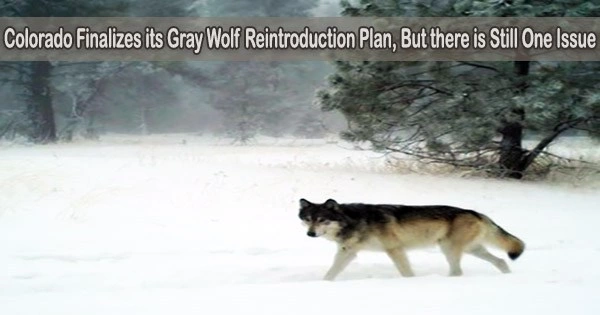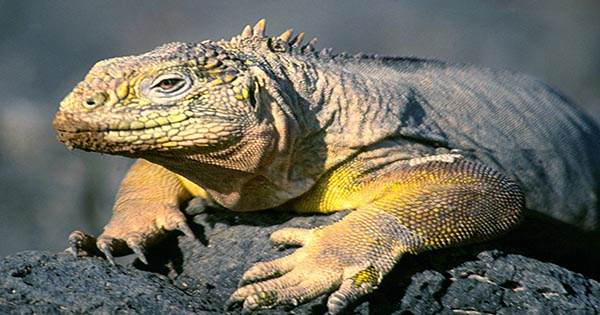The gray wolf, also known as the timber wolf or simply the wolf (scientific name: Canis lupus), is a species of canine that belongs to the family Canidae. Wolves are highly social animals known for their pack behavior and cooperative hunting. They are native to the wilderness and remote areas of Eurasia and North America.
The timing for Colorado’s plan to trap and release dozens of wolves into the Western Slope wilderness may be impacted by a bill put up by local legislators.
More than two years after the divisive and narrowly successful passing of Proposition 114, the Colorado Parks and Wildlife Commission overwhelmingly approved the state’s Wolf Restoration and Management Plan on Wednesday.
Over the following three to five years, state wildlife authorities aim to round up between 30 and 50 gray wolves from other Rocky Mountain states and release them across Colorado’s Western Slope. Those wolves should start a population that will hopefully expand and become self-sufficient, reintroducing the predators that were previously hunted to extinction in the state centuries ago.
According to the recently approved plan, state officials anticipate starting the wolf releases in December. The presentation of a measure, however, could be hampered by the fact that it depends on a specific designation from federal officials that has not yet been completed.
That designation under consideration by the U.S. Fish & Wildlife Service would grant Colorado’s officials the authority to manage (capture, relocate or even kill) wolves.
Because wolves are a federally protected species, state officials do not necessarily have that jurisdiction, but they do because the predators are anticipated to attack pets and other animals. One wolf pack that migrated into the state naturally already has.
Dan Gibbs, executive director of Colorado’s Department of Natural Resources, said last week that Fish & Wildlife officials have reassured him they’re on track to grant that authority by December. But he warned during a House committee meeting last week that the measure Senate Bill 23-256 requiring that federal designation could derail the process and potentially delay the reintroduction.
However, Western Slope legislators contended that any delay would probably only last a few months. They are prepared to pay that price to provide state wildlife officials the resources they need to deal with the predators that their constituents, for the most part, don’t want in the first place.
The House passed the bill Tuesday, which must go back to the Senate for another vote before it heads to Gov. Jared Polis’s desk. The governor’s spokesman declined to comment on whether the proposal has his approval, but in a statement released on Wednesday, he complimented the now-completed reintroduction strategy.
In a release announcing the plan’s finalization, Gibbs said the state remains on track to begin releasing wolves by the end of the year.
Alongside the number of wolves to be released, the plan says that the state will pay up to $30,000 for animals (livestock, guarding or herding animals) killed or injured by wolves.
















